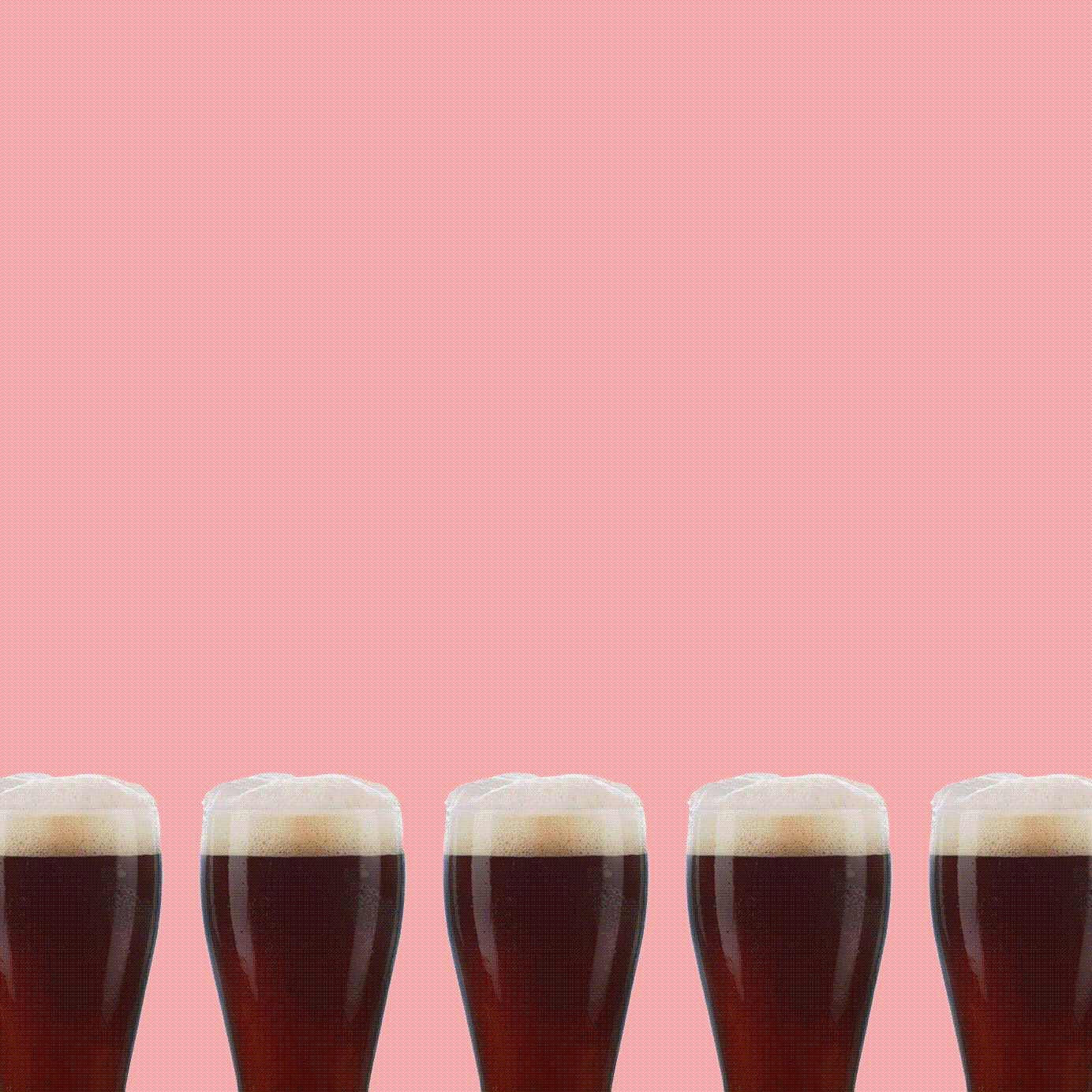An embrace of rich, fruity chocolate notes, a nuanced, dry finish, and great balance, Dark Mild is arguably the closest thing to a hug you’ll find in a pint glass. A stable port in a storm of big flavors and pervasive intensity, the Dark Mild beer style, along with its kindred spirit, the English Bitter, are appearing with increasing frequency alongside such beers du jour as the New England IPA, and innumerable fruited sours.
Now, however, Dark Mild is on the rise with various breweries, from the slightly older and British-influenced Machine House to the more contemporary Forest and Main, and the U.K.’s Boxcar Brewery has positioned itself around its flagship Dark Mild.
This resurgence in the popularity of Dark Mild is perhaps symptomatic of the growing trend of craft beer looking to its forebears, and a greater appreciation for more historic and foundational styles. “I think now it has maybe even more relevance with some craft beer drinkers,” Bill Arnott, the British founder of Seattle’s Machine House Brewery, says. “[Those] looking for more balance and nuance away from the heavy-handed beers that define craft beer.”
Dark Mild is a style more typically associated with Real Ale than American craft beer, and with cask over keg.
Dark Mild certainly is a change of pace from so many beers with malt profiles held back to showcase hop characteristics. The big malt bill often expresses itself with notes across the expected spectrum: caramel, toast, roastiness, toffee, nut, chocolate, and fruitcake; and the commonly used, moderately attenuating British ale yeast will generally contribute darker fruity esters, such as raisin, plum, and date. A dry finish prepares the palate perfectly for the next gulp. With its characteristic low ABV, you can — within reason, of course — gulp away.
“The interpretation of Dark Mild I’m going with is a low-in-alcohol dark ale with a full body and crystal malt flavors,” says Dickison, adding, “I love this style because it’s a satisfyingly flavorful beer that isn’t going to get you too drunk.” These days, Dark Mild typically sits at around 3 to 4 percent.
Historically, British brewers labeled their Milds with X marks, such as “XXXX Mild,” designating strength. The First World War, however, led to blanket restrictions throughout the brewing industry by which Mild, as the highest-selling beer, was hit hardest. With restrictions on alcohol level, the beers’ strength was lowered by necessity, and never returned to their 18th-century highs.
Up until the 1960s, it was the most popular beer in the U.K., though it’s now a rare find. In the U.S., where historic British beers are considered more esoteric, it’s even harder to find a good Dark Mild, and on cask it is uncommon. Though a few brewers — often those of British heritage or experience — continue to brew the style, it’s not one found in the American craft repertoire.
Arnott believes British-descended Bitter and Mild styles “are underrepresented in ‘craft brewing’ because U.K. craft is based on American craft, where there is no Bitter or Mild,” he says. “In fact, in the U.K., [craft beer] is basically defined by the fact that it is not Bitter and Mild. It is modern, edgy beer that is a million miles away from the ‘boring’ stuff at a CAMRA (Campaign for Real Ale) pub or beer festival.”
“Perhaps,” says Boxcar’s co-founder and head brewer Sam Dickison, “brewers are looking to diversify their range, and many are looking back at more historic recipes. For many it’s because they simply love to make and drink the styles. Also, things that aren’t currently cool provide fertile space to be made cool again.”
Dickison is still figuring out the availability of his Dark Mild: “If it is seasonal, I want it to go from the autumn equinox to the spring equinox,” he says. “I suppose if there’s still lots of demand for it past spring, we could carry on brewing it through summer. But there is something special about seasonal availability.” Both Machine House’s Dark Mild and Logboat’s Mamoot are year-round offerings, however.
“While IPA still gets most of the love,” says Logboat Brewing’s head brewer Josh Reid, whose Dark Mild Mamoot is a staple in the brewery’s range, “thankfully we are seeing seasoned craft beer drinkers come to appreciate the subtle yet rich flavors of a malt-forward style like Mild.”
Those who are making — and drinking — Dark Milds agree on these beers’ year-round versatility, and ability to refresh and comfort in equal measure. “I believe it has a place at the table any time of year,” says Rein. “With a medium-light body and full flavor of coffee and toast, it pairs well with a hearty pot of chili, as well as a summertime BBQ.”
“It seems to me like it’s a part of a broad movement towards styles that are timeless,” says Arnott, of Mild’s resurgence, “based in tradition, and characterized by balance and drinkability.” In a creative, continually evolving industry, a respect and reverence for that which came before can be necessary to move modern beer culture forward.
In any case, Dickison believes the Mild is a style worth contemplating, rather than defining. “Periodic fashions are to be determined by looking back in time,” he says. “Giving a current or developing thing such weight misses the point of it, and seeks to box it in before it’s had time to grow.”
This story is a part of VP Pro, our free platform and newsletter for drinks industry professionals, covering wine, beer, liquor, and beyond. Sign up for VP Pro now!
